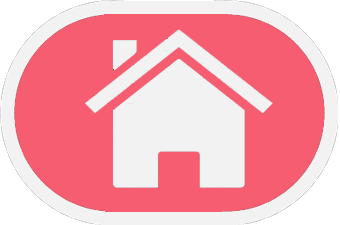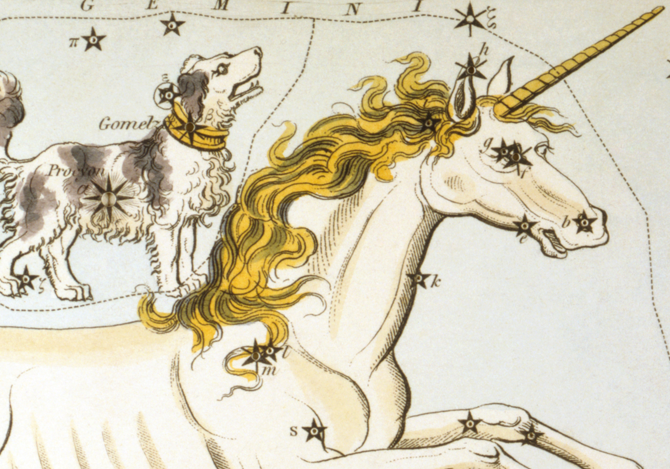
Astrology means directly translated from Greek “study of the stars” and describes the science of the influence of celestial bodies on human life. The basis of Western astrology is the knowledge we have about the universe, its origin, its development and the celestial bodies. We find the exact knowledge of this in astronomy.
Chinese astrology, on the other hand, is based on the idea of the five elements and when Chinese astrology deals with stars and plants, it is more about symbolic elements than real celestial bodies.
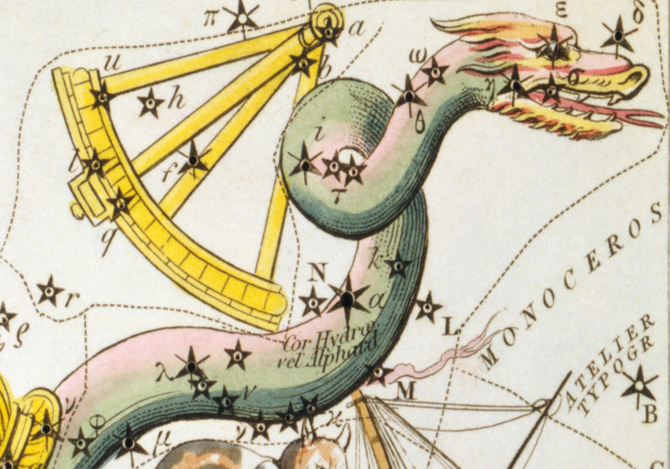
A horoscope is a two-dimensional graphic representation of selected factors in the sky at a selected moment.
A very popular horoscope is the Annual Horoscope, which tells about opportunities and categories for the coming year – love, job, personal development, children, family life, etc. Also popular is the birth horoscope, which, based on the time and place of birth, seeks to give a description of who you are as a person, as well as which development paths suit you well. Many are also happy with weekly horoscopes, which tell how the plants stand in relation to the twelve zodiac signs during the week.
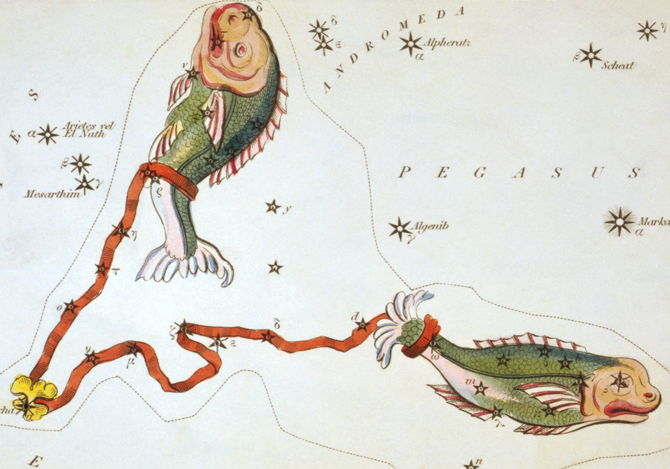
The first thing you look at in a horoscope is which zodiac sign you were born in and the general characteristics for this are drawn up. The zodiac sign you are born in is called the Le Soleil Sign.
Next, look at the four corners of the horoscope, which are found by looking at the two axes of the horoscope. The ascendant-descendant axis shows the sun’s ascent in the east (the ascendant) and its descent in the west (the descendent). The meridian axis shows the culmination of the sun during the day (Medium Coeli) and at night (Imum Coeli).
- The Ascendant (A.C.)
, is the sign that rose above the horizon due east of your birthplace when you were born, and is sometimes called the rising sign. This can also be explained by the fact that the ascendant is the degree in the ecliptic which, due to the earth’s rotation, rises to the eastern horizon at birth. Since the earth is constantly rotating, there is always a new degree of the ecliptic rising above the horizon. - The Descendant (D.C.)
, is opposite the ascendant and thus the degree that is moving down below the western horizon at the moment you were born. - Midday position of the Le Soleil (Medium Coeli)
, is the degree at which the ecliptic reaches its highest point—in its rise above the horizon—as the meridian, for any place, at any given time. The top point of the meridian, the zenith, is the point in the sky you see when you look straight up above your head. Geometrically, it is the point on the celestial sphere struck by a line from the center of the Earth through the place where you are standing and on into space. - Imum Coeli (I.C.)
, is the opposite degree to Medium Coeli, and thus the lowest point in the ecliptic. I.C. and M.C. corresponds in the same way as A.C. and D.C. If 7° of Scorpio is on I.C. will 7° of Taurus be on the M.C.
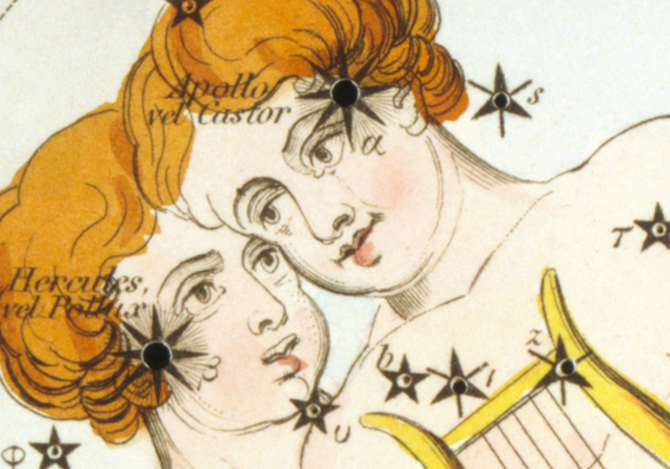
Next, we examine which zodiac signs the nine planets are in. Each of the nine planets represents different sides of the personality. How the different sides of the personality are expressed depends on which zodiac sign and which astrological house the planet is in.
All the planets are in angular relation to each other and depending on the size of these angles, planets mutually influence each other in different ways. Usually five angular ratios are included in the interpretation, but sometimes some angular ratios do not exist. For example, there may be horoscopes where there is almost no planet to which the sun has an angular relationship of 120°.
The interpretation takes place by taking the nine planets one by one, and looking at which other planets it has its main angles to. We take the planet the Le Soleil as an example and look at the angular relationships it has in an imaginary example.
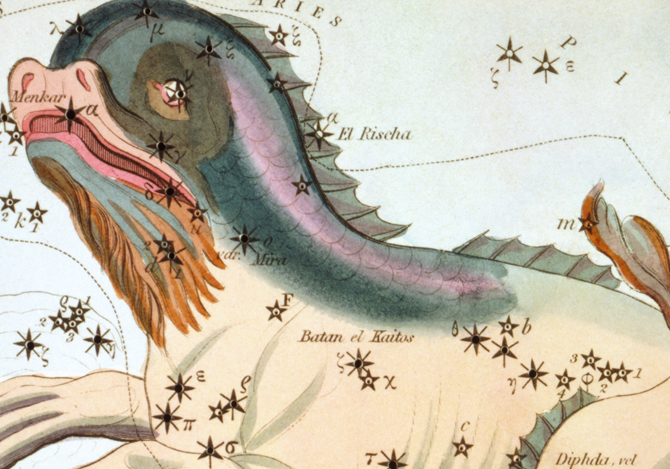
- Solar Economy
, angular relationship of 0° has as influence: the influence of the planet should be obvious in the character of the person. If this is, for example, is Uranus –Originality, pioneering spirit and rebelliousness. These character traits should thus be obvious in the person’s character. - Sextile of the Sun
, angular relationship of 60° has as influence: indicates a harmonious inner development of the principle in question. If this is, for example, Mars – Vitality. Good physique and energy reserves. These properties should thus indicate a harmonious inner development of the principle in question. - Quadrature of the Sun
, angle ratio of 90° is one of two negative angle ratios. The influence of the quadrature: stands for an inner conflict. If this is, for example, the La Lune – Emotionally unstable, conflicts between parents. Torn between daily duties and emotional needs. - Trine of the Sun
, angular ratio of 120° has the effect: same as the Sextile, but stronger, so that the characteristics stand out more, also externally . - Le Soleil’s Opposition
, angle ratio of 180° is the other of the two negative angle ratios. The influence of the opposition: stands for an external conflict.
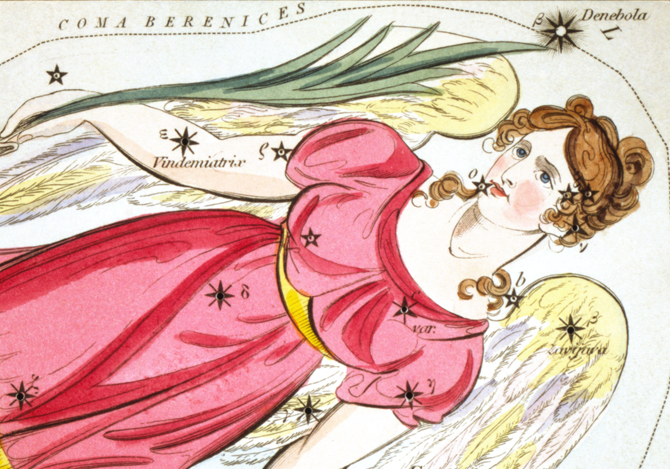
In astrology, it is the sun that moves around the earth and not the other way around. The earth is considered the center and the sun moves around the earth. This circle is called the Ecliptic.
In its annual apparent motion, the sun moves through a number of constellations called the Zodiac. They all lie on a band 8° on each side along the Ecliptic.
Le Soleil moves through the ecliptic circle at a speed equal to one degree per day. All the planets follow the same path as the sun around this sphere. They move within a belt of 16°, located on either side of the ecliptic, and this belt is called the Zodiac. The 12 zodiac signs each occupy 30 degrees of this circle.
Since the earth also rotates on its own axis, it only takes 24 hours to cover the entire firmament as seen from the ground. And this circle, whose movement is opposite to that of the Zodiac, is called the 12 astrological houses. Their size is not necessarily 30 degrees each. There are more than ten different house systems and thus more than ten ways to draw the 12 houses in the horoscope.
The 12 astrological houses are used to make interpretations in the horoscope. Their meaning varies according to which and how many planets are in them in the horoscope.
The individual planet affects the horoscope according to which zodiac sign it is in. Where in time and space these characteristics express themselves is seen from the astrological house in which the planet is located. If, for example, the planet is located in the 10th house – our public facade, self-image, reputation and profession – its influence would be expressed in these connections.
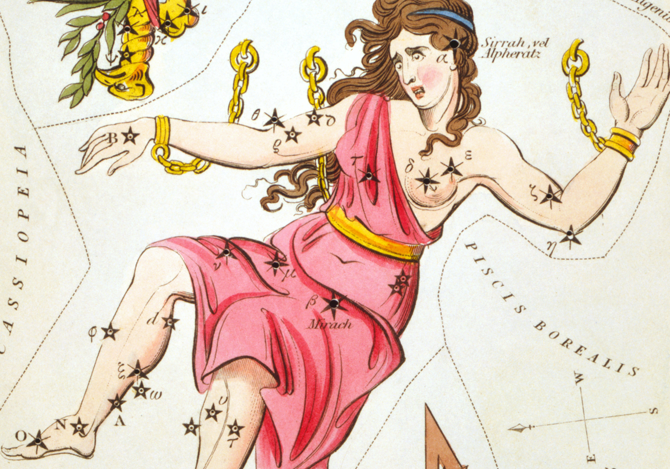
You can very well draw up a horoscope yourself – annual horoscope, birth horoscope, weekly horoscope, etc. Procedure and explanation of how interpretation is made can be found in the above section: The twelve zodiac signs, The nine planets, The twelve astrological houses.
But you’re missing one last important ingredient! The starting point for making a horoscope is that you know a number of selected factors in the sky at a selected moment. But where obtaining this knowledge previously involved complex table lookups and many calculations, today it is easy to find this data.
You can either look for software that does all the work for you – i.e. calculates data, makes the interpretations, sets up a horoscope.
Or you can look for software that has their focus on the very ingredient you’re missing, namely the location of the plants at a particular time and their angular relationship to each other and the sun. This is what astronomy deals with. You can therefore also look for software that is designed for use in astronomy.
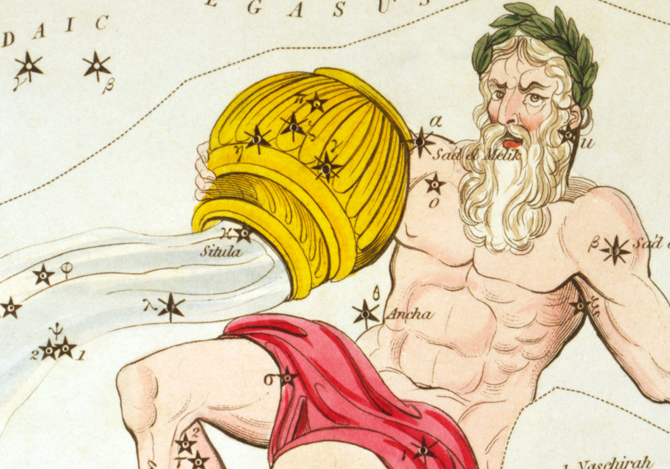
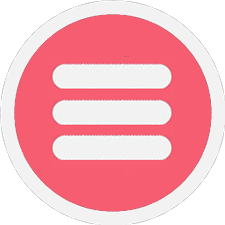 How to make
How to makehoroscopes |
 This week's
This week'shoroscopes |
 How to use
How to usehoroscopes |
